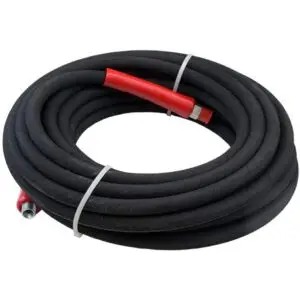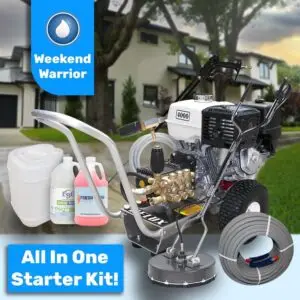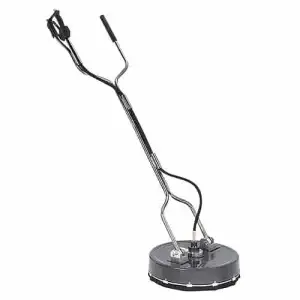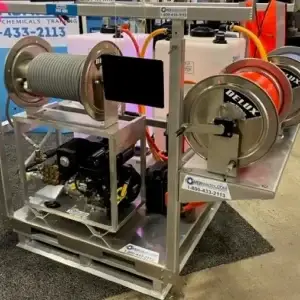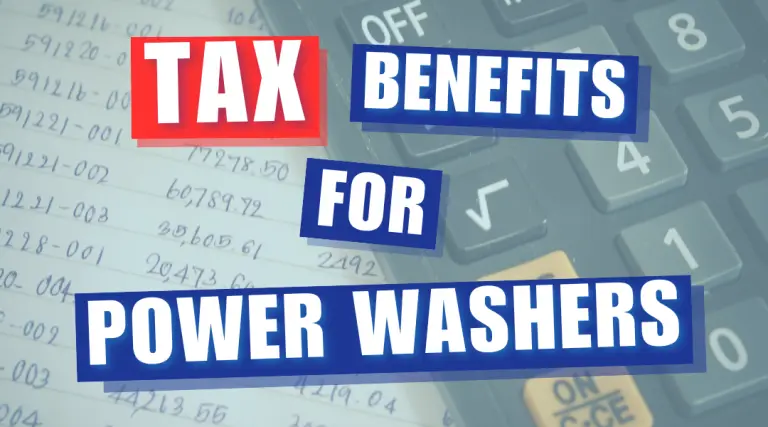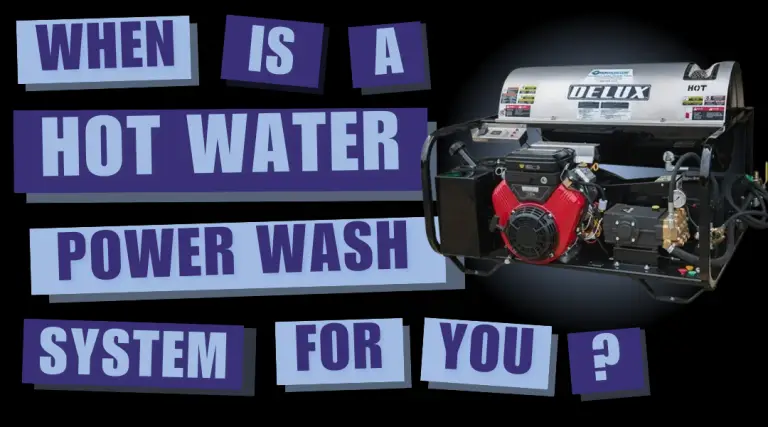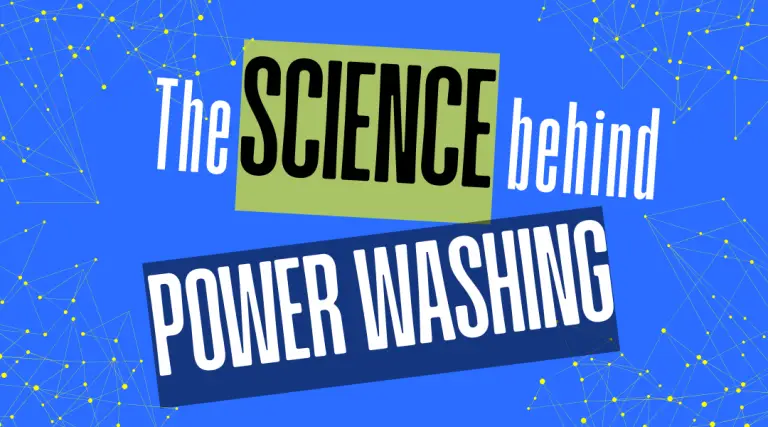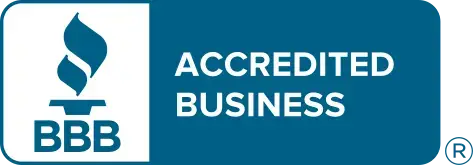- Home
- /
- PowerWash Industry
- /
- Safety On the Job
Subscribe To Our Newsletter
Stay in the know on the latest products, deals, events, tips & tricks.
Social Media
Popular Products
-
-
All Pressure Washers
Weekend Warrior- Residential Cleaning House Washing Business Starting Pack
$2,971.47 -
-
All Pressure Washers
Delux Mustang Pro Mini Complete Skid 4′ – Approved for Drone Use (Surface BOT)
$13,187.90
Safety On the Job
SAFETY ISSUES
Safety On the Job
Jeffrey M. Schwartz
Scientific Fire Prevention
As professional kitchen exhaust cleaners, we sell safety as part of our service to our clients. But what about the safety of our crews on the job? None of us wants any of our staff to be injured. You should hold a weekly safety meeting to review basic safety procedures. Here is a “Safe Job Checklist” to help ensure that our most valuable company asset, our staff, are as safe as possible. It only takes a few minutes for a lifetime of safety.
Safe Job Checklist
I. Equipment
A. Vehicle check (twice weekly)
1. Brakes
2. Lights
3. All Fluid levels
B. Cleaning Equipment (before each job)
1. Pressure washers operational
2. Cutting tools clean
3. Lights operational
4. All wires on all equipment in good condition
5. Ladder rungs clean
6. Extension ladder locks operational
7. Scrapers Clean
8. Wet vacuums operational
C. Personnel Check
1. Gloves
2. Safety shoes
3. Goggles
4. Masks
5. Protective suits
II. Job site
A. Material Safety Data Sheets on site
B. Lock out/ Tag out procedures followed
C. All building staff notified of your presence (i.e. engineering, security, etc.)
D. Check general conditions of working area for hazards
E. Cooking appliances are off and surfaces are not hot
F. Alarm systems off
G. Clean up any debris left after cleaning process both in kitchen and on roof
If you provide this simple checklist to your supervisors and review it with them and your cleaning staff at least once a week, you will ensure the highest professional standards in our industry. After all, isn’t that why you are an IKECA member?
This article appeared in the First Quarter 1998 edition of “The Scratch Pad”
Share This Post
More To Explore
Tax Benefits For Power Washing Professionals
Navigating the complexities of tax planning can be a daunting task for power washing professionals, yet it’s a crucial aspect …
Top 5 Must-Have Attachments to Elevate Your Power Washing Efficiency and Precision
Attachments for power washing systems are essential tools that significantly enhance the effectiveness, speed, and precision of professional cleaning jobs. …
When Should You Get A Hot Water Power Wash Machine?
When a Hot Water Power Washing System is Your Best Choice When deciding between a hot water power washing machine …
The Science Behing Power Washing
The Science Behind Effective Power Washing The science behind power washing is a balance of pressure, water, and chemical solutions …



